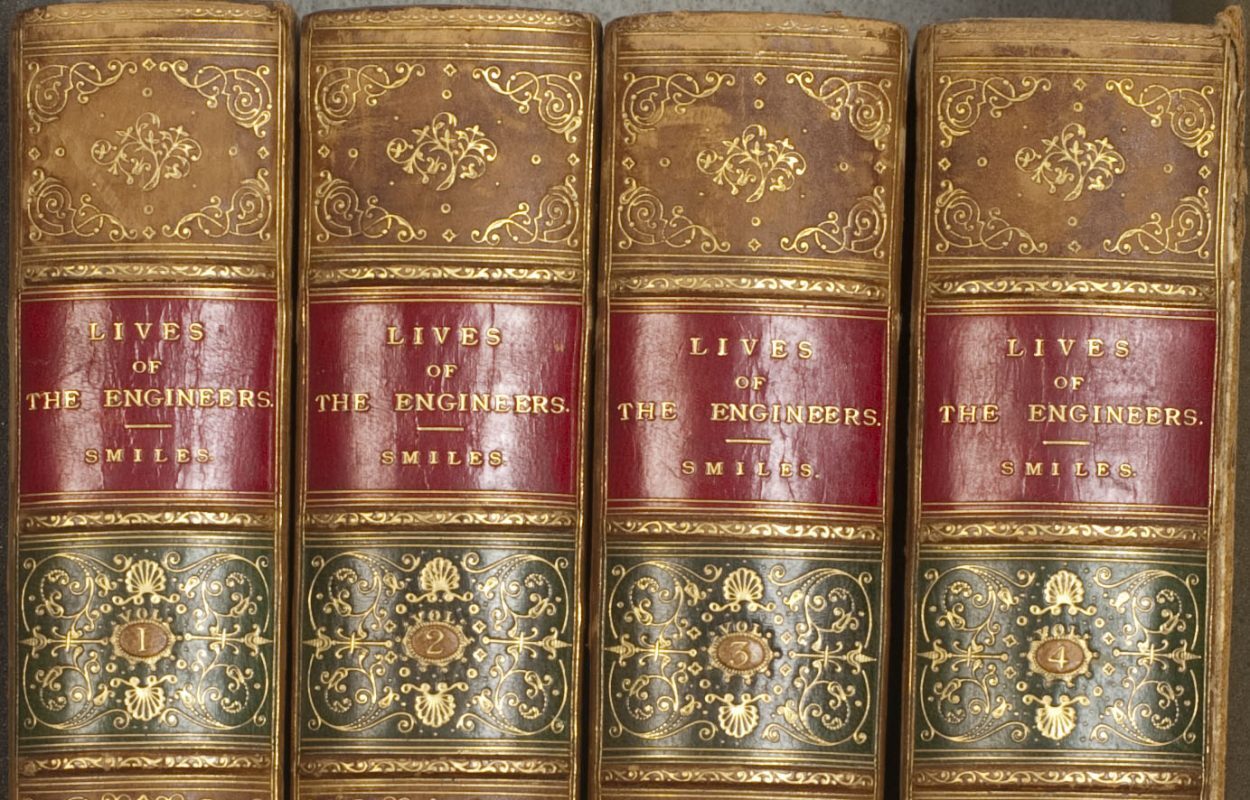Year 51 – 1911: The Tertiary Gravels of the Sierra Nevada of California by Waldemar Lindgren
Published: Washington D.C., 1911 The California Gold Rush occurred between 1848 and 1855, but gold mining continues in the state to this day. Placer mining was the initial extraction method, but it was replaced by hydraulic mining of Tertiary gravels in channels, especially in the central and northern Sierra Nevada. In hydraulic mining, high-pressure streams of water were blasted at gravel beds to separate gold from the gravel. The method produced a lot of gold, peaking in the 1870s. However, the debris damaged and polluted streams, which led to prohibitions. Drift mining and dredging followed. Several members of the United […]
